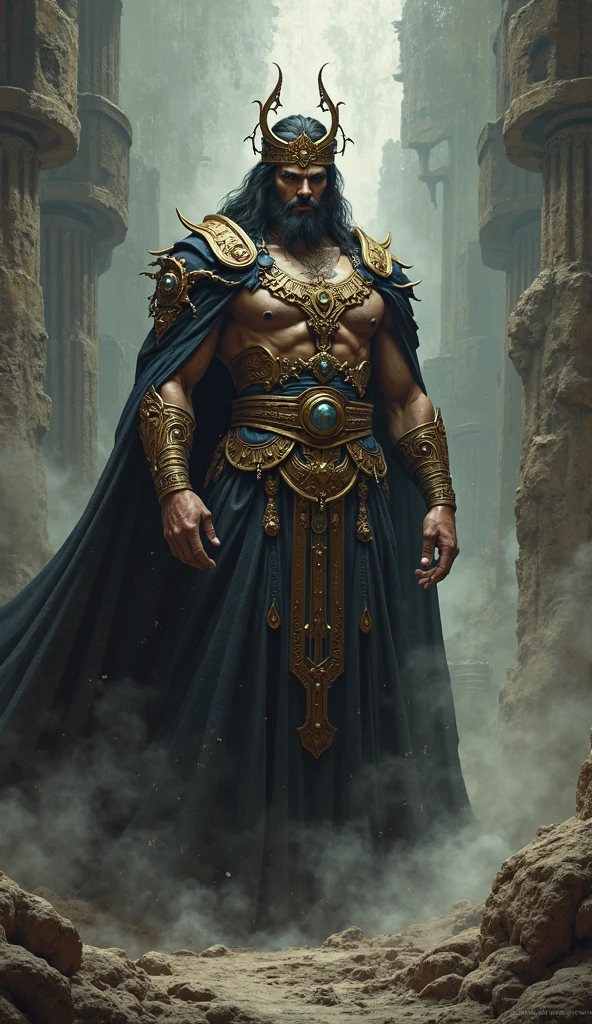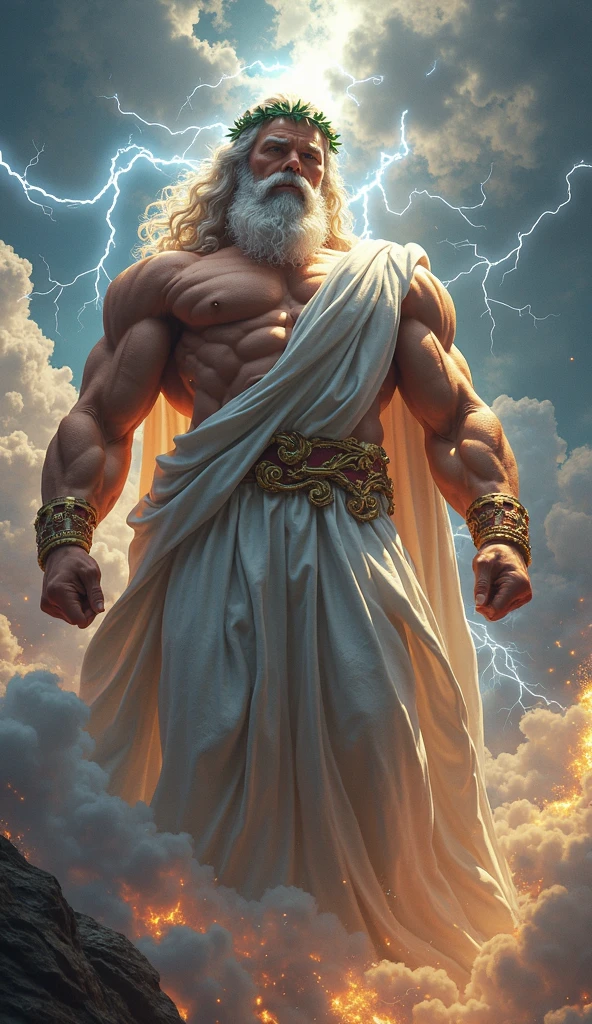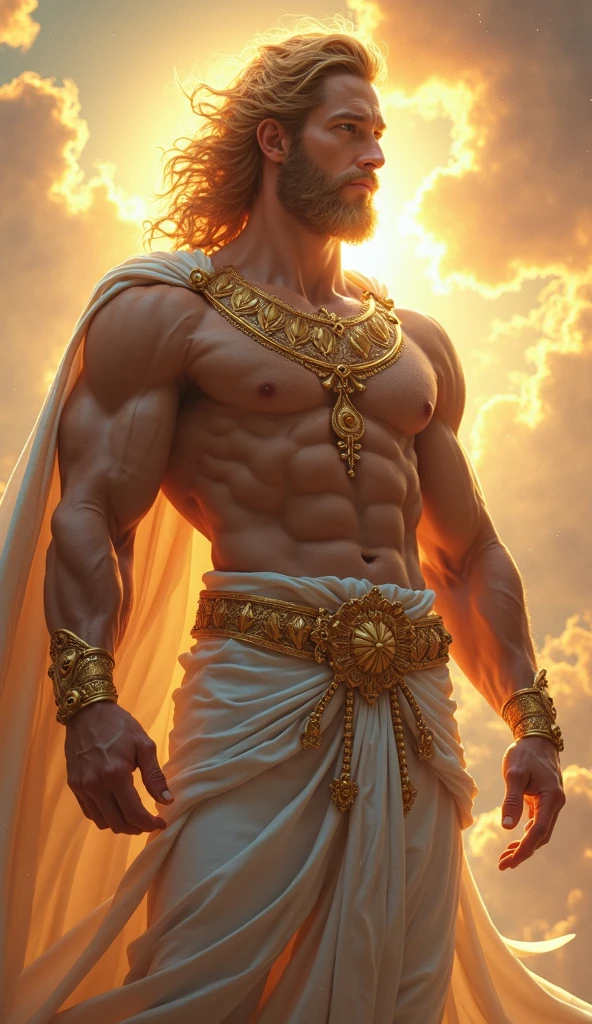Sin: The Mesopotamian God of the Moon – Myths, Powers, and Legacy
Historical Context
The ancient Mesopotamian pantheon is rich with deities who governed the cosmos, and among them, Sin—also known as Nanna—stands as one of the most revered. As the god of the moon, Sin played a pivotal role in the religious and cultural life of Sumer, Akkad, Babylon, and Assyria. His worship spanned millennia, influencing astronomy, timekeeping, and even political legitimacy. This article explores the origins, myths, and enduring legacy of this celestial deity.
Detailed Origin and History
Early Sumerian Worship
Sin’s roots trace back to the Sumerian civilization (circa 3000 BCE), where he was known as Nanna, meaning “illuminator.” The city of Ur served as his primary cult center, housing the famed Great Ziggurat of Ur, dedicated to his worship. As a lunar deity, Sin symbolized cyclical renewal, wisdom, and divine judgment.
Akkadian and Babylonian Adaptations
With the rise of the Akkadian Empire (2334–2154 BCE), Sin’s name evolved to “Su’en” or “Sin.” The Babylonians later integrated him into their pantheon, where he retained his lunar associations. Kings like Nabonidus (6th century BCE) elevated Sin’s status, even prioritizing him above Marduk, Babylon’s chief god.
Relationships and Family
The Divine Triad
Sin belonged to a powerful divine triad alongside his children:
- Shamash (Utu): God of the sun and justice.
- Ishtar (Inanna): Goddess of love and war.
Parentage and Consorts
Sin was the son of Enlil, the god of wind and storms, and Ninlil, a grain goddess. His primary consort was Ningal, the “Great Lady,” who bore his children.
Role in Cosmology
Lunar Symbolism and Timekeeping
Sin’s phases governed the Mesopotamian calendar, with the new moon marking the month’s start. His waxing and waning symbolized death and rebirth, influencing agricultural cycles and religious festivals.
Cosmic Order
As a celestial arbiter, Sin maintained balance between the heavens and earth. His light was believed to repel evil spirits, offering protection during nighttime.
Relevance and Historical Influence
Political and Religious Impact
Kings sought Sin’s favor to legitimize their rule. The Third Dynasty of Ur (2112–2004 BCE) prominently featured him in royal inscriptions, linking lunar cycles to dynastic stability.
Astronomical Legacy
Mesopotamian astronomers meticulously tracked Sin’s movements, laying foundations for later lunar studies. The “Venus tablet of Ammisaduqa” (7th century BCE) references his celestial influence.
Relationship with Other Mythological Beings
Allies and Rivals
Sin often collaborated with Enki, the god of wisdom, but clashed with Nergal, the underworld deity, over cosmic dominion.
Syncretism with Other Lunar Gods
Later cultures drew parallels between Sin and the Canaanite Yarikh or the Egyptian Thoth, showcasing cross-cultural lunar worship.
Artistic Representations Throughout History
Iconography
Sin was depicted as an old man with a crescent moon crown, often riding a winged bull. Cylinder seals and stelae portrayed him overseeing nocturnal journeys.
Temples and Ziggurats
The E-kishnugal temple in Ur and the Haran sanctuary in Assyria were key sites of his veneration, adorned with lunar motifs.
Powers, Abilities, and Feats
Divine Authority
Sin controlled tides, dreams, and fertility. Myths describe him restoring order after cosmic chaos, such as in the Enuma Elish epic.
Notable Myths
- The Journey of Nanna to Nippur: A sacred pilgrimage myth.
- Sin and the Eclipse: Eclipses were seen as his judgment on kings.
Curiosities and Little-Known Facts
Obscure Legends
Few know that Sin was invoked in love spells, as his light was thought to reveal hidden truths.
Modern Rediscovery
Archaeologists in the 19th century initially mistook Sin’s symbols for cattle deities due to his bull associations.
Lunar Cults in Secret Societies
Some Neo-Babylonian revivalists today still honor Sin in moonlit rituals, blending ancient rites with modern esotericism.



